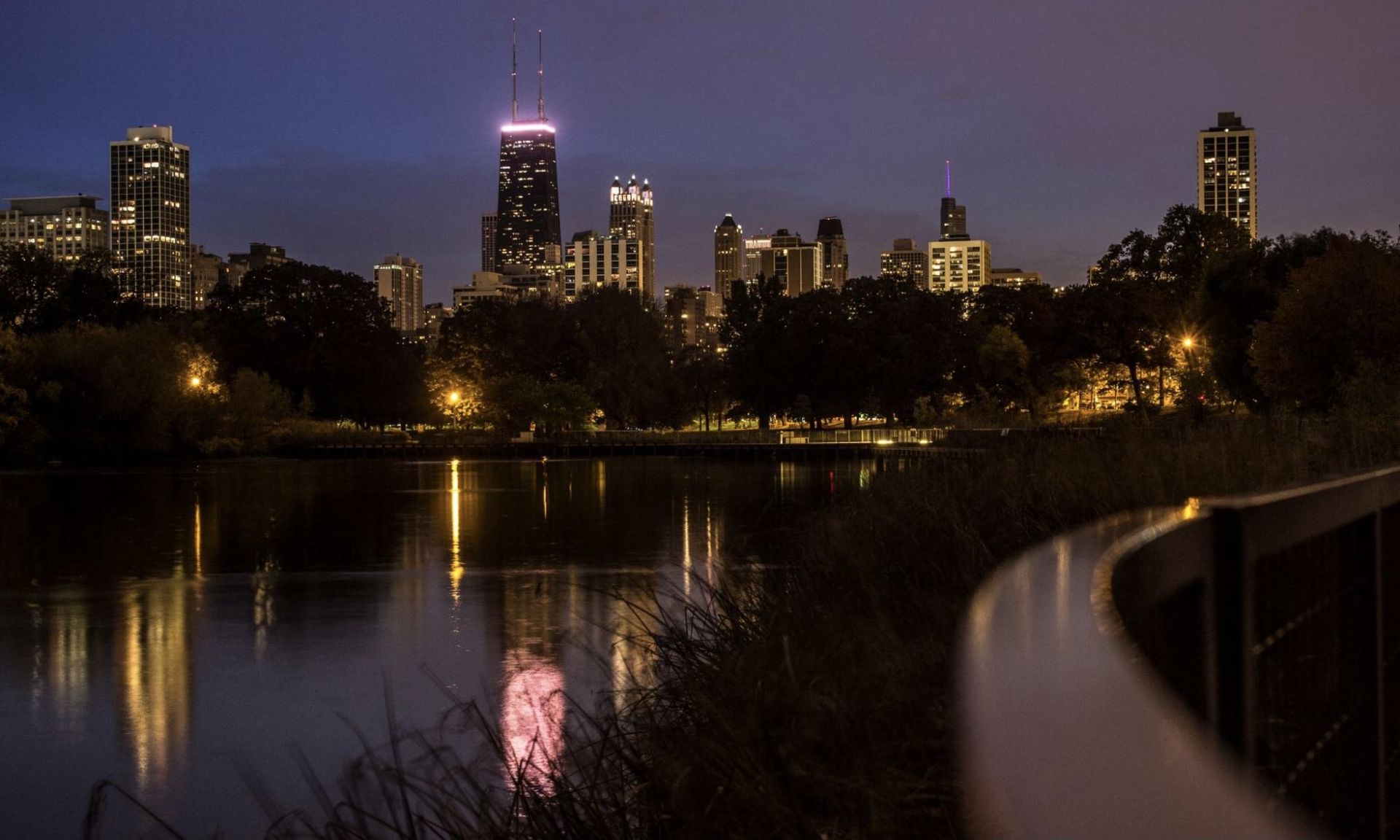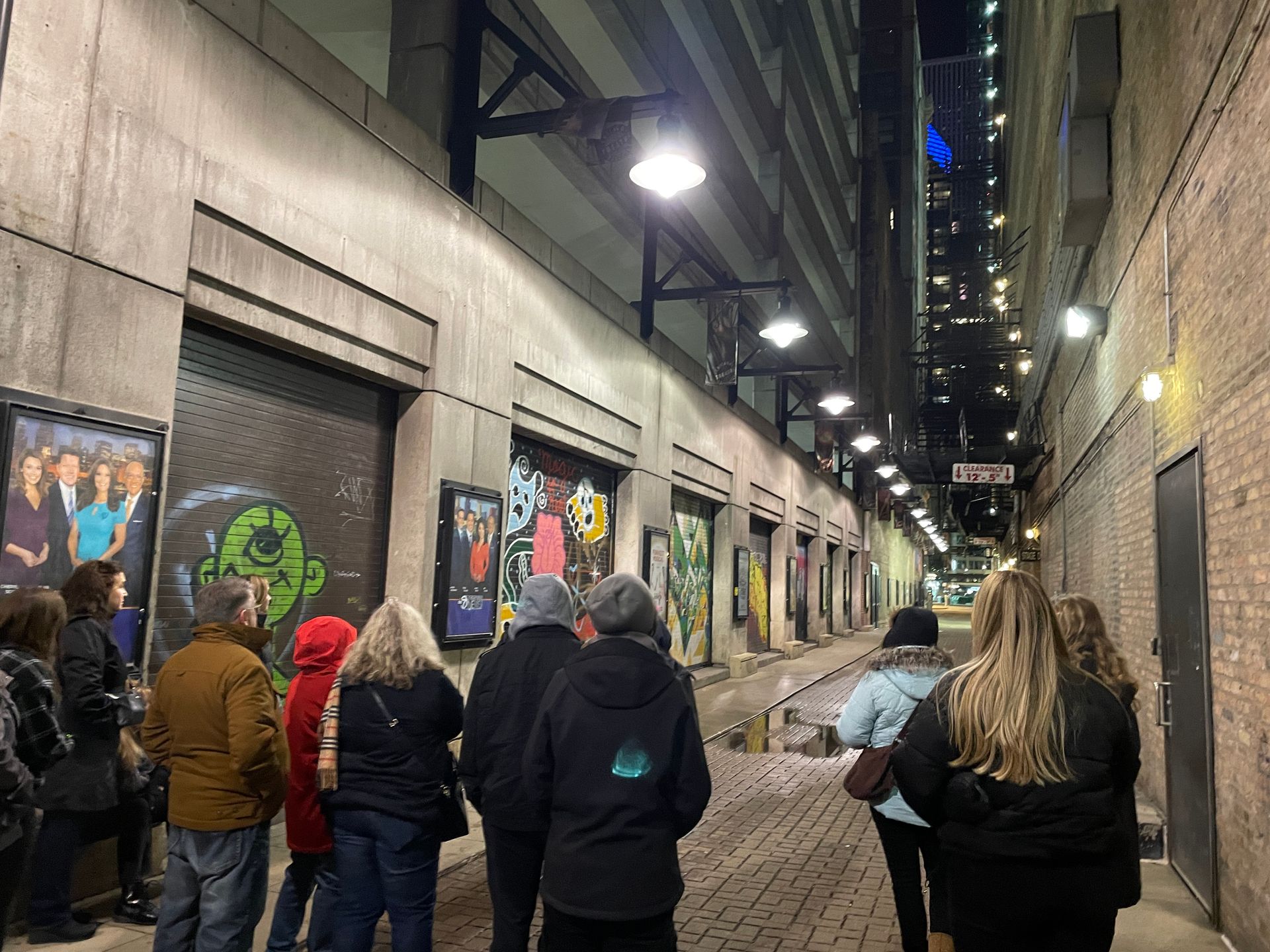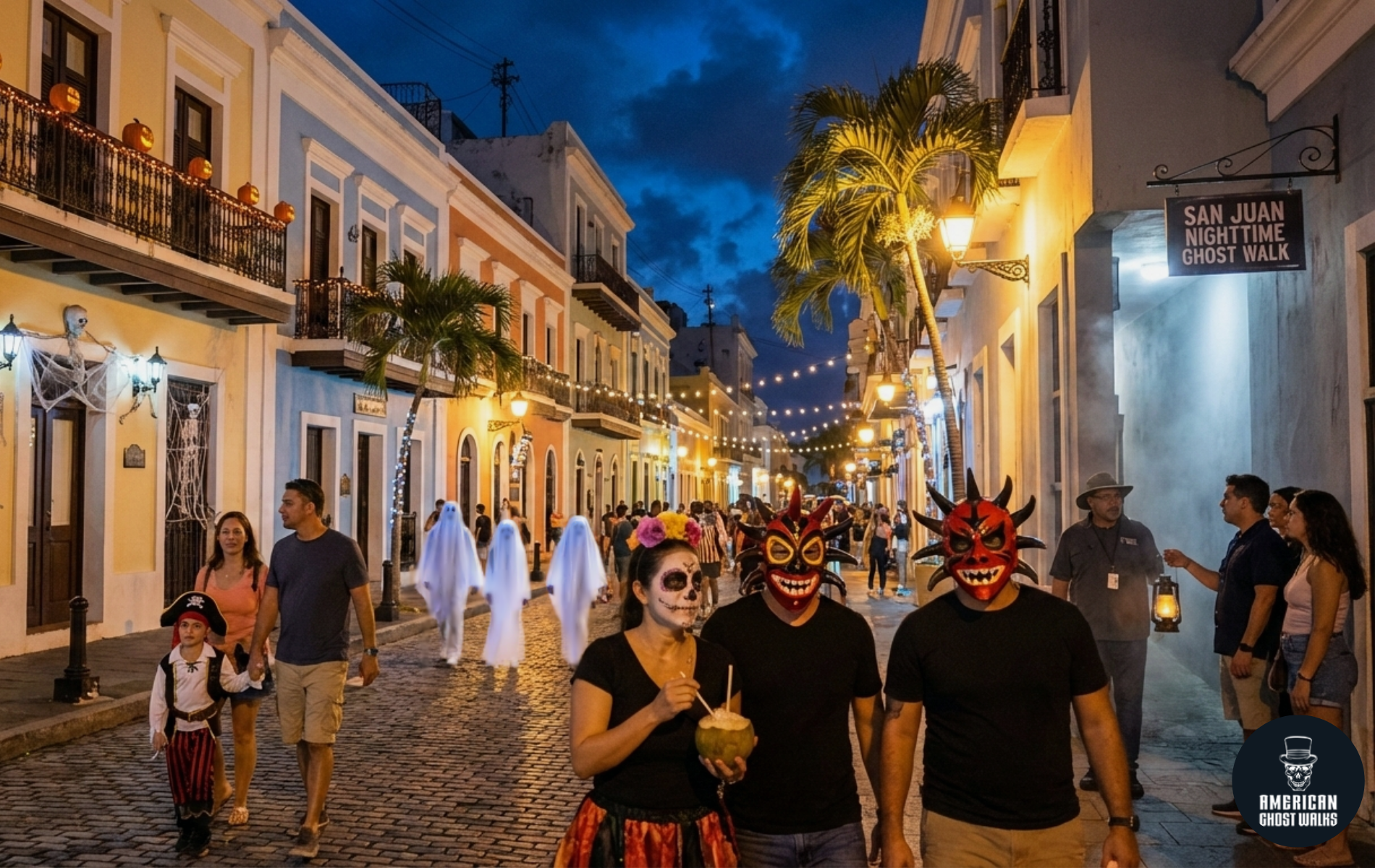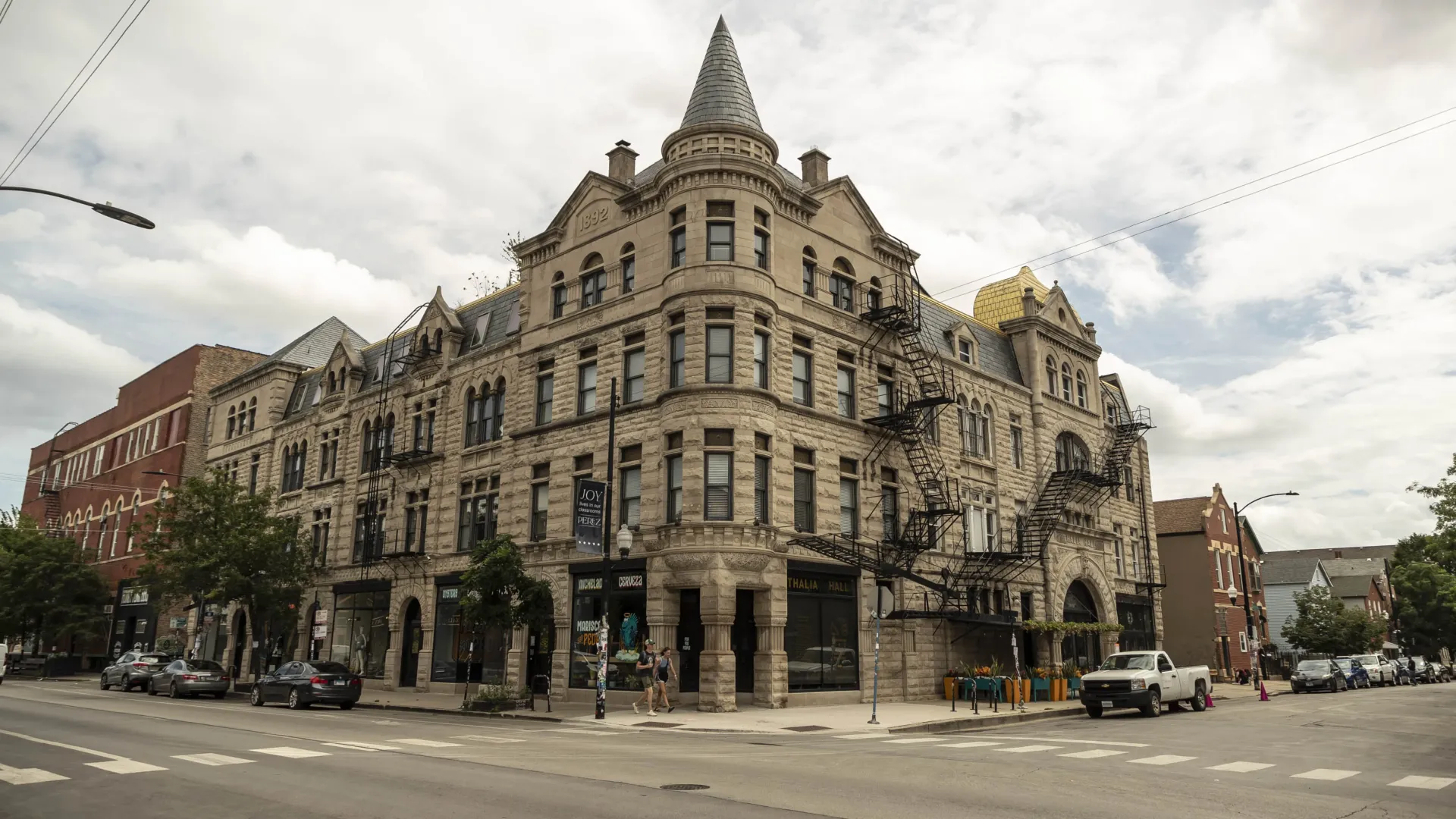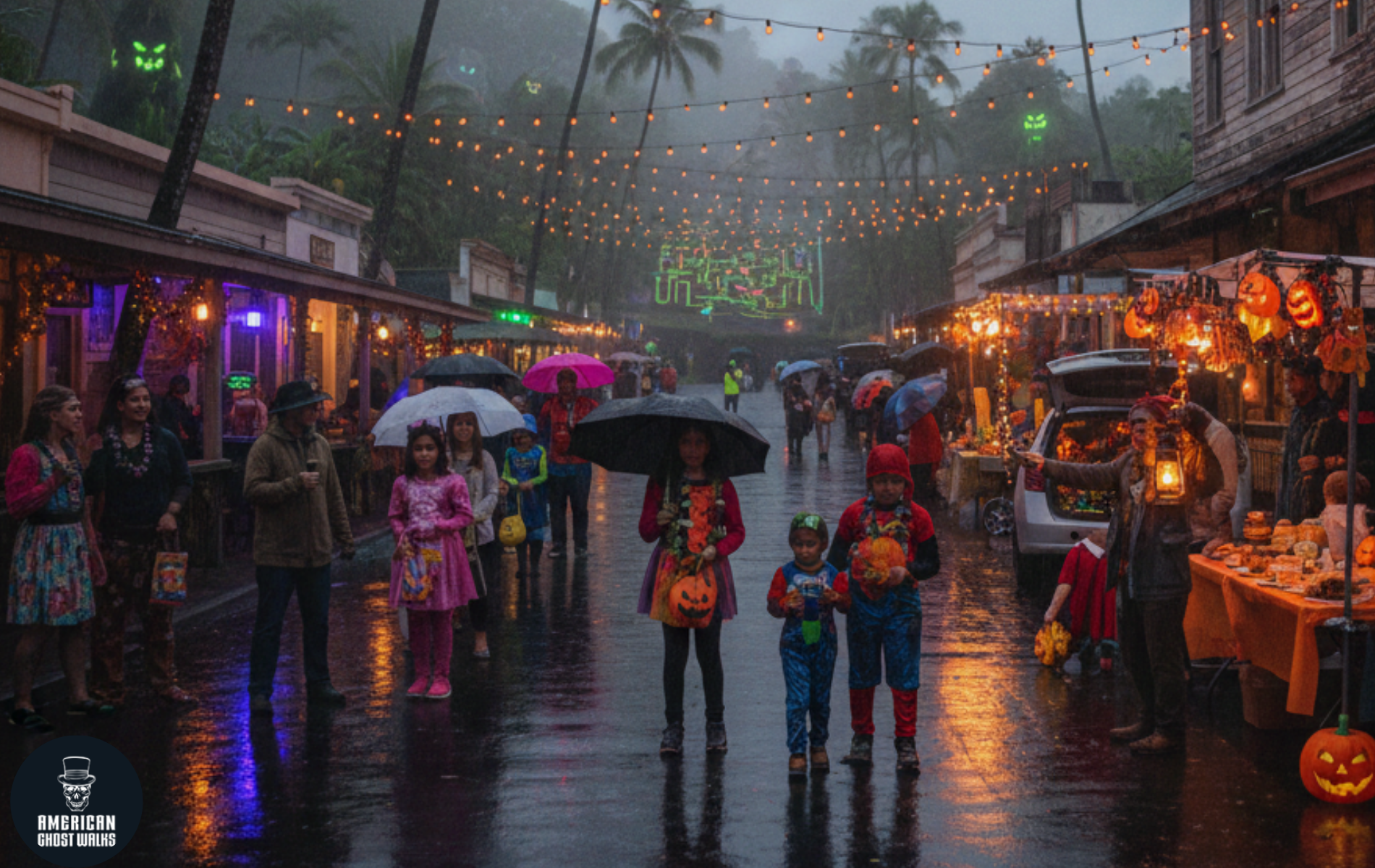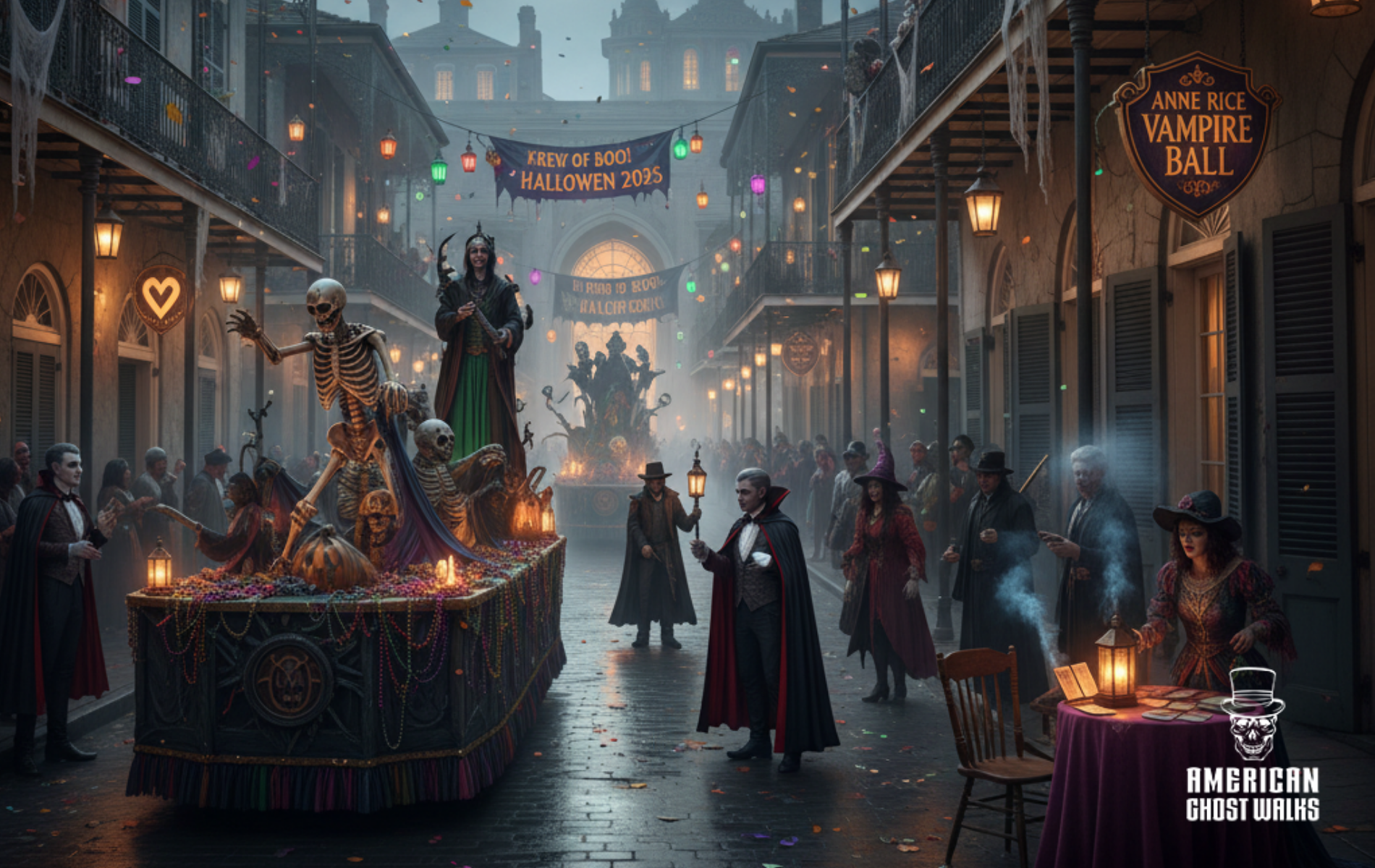Stone Cold Haunted: Chicago's Limestone Ghosts
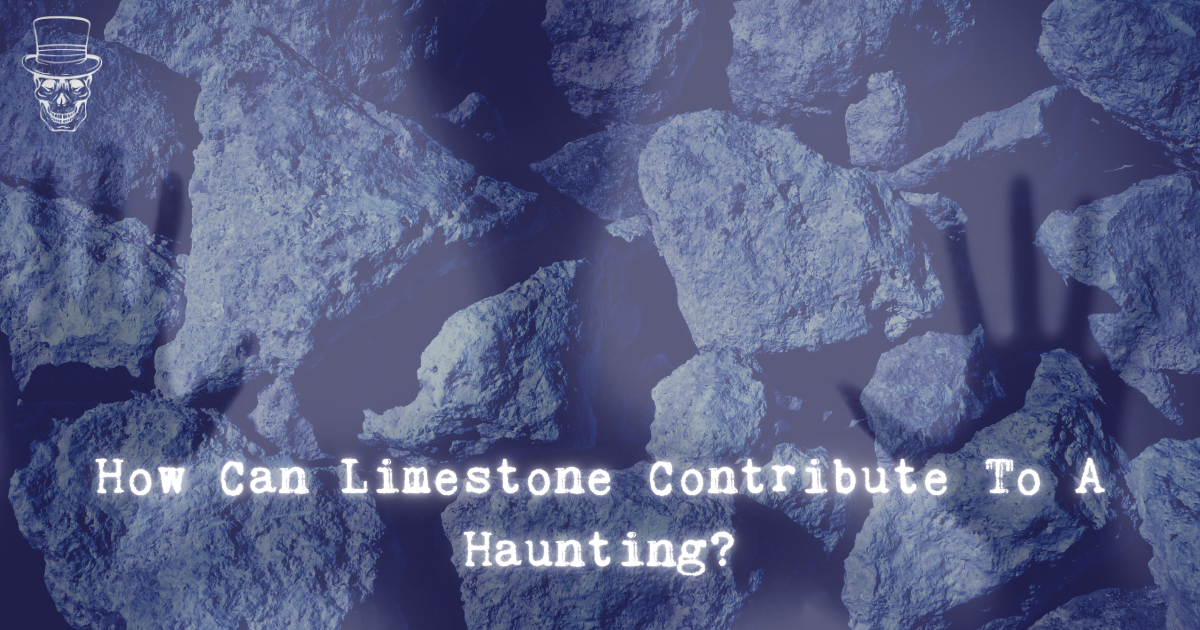
STONE COLD HAUNTED: CHICAGO'S LIMESTONE GHOSTS
In the 19th century, when Chicago was bourgoning, no stone was more appealing than our local limestone. Hailing from the region just southwest of the city, Lemont (or Joliet) limestone became one of the most desirable building materials in the nation; its buttery yellow hue and softness of appearance joined with a stability that made the stone irresistible to many builders in Chicago, including architects who designed some of Chicago’s most recognizable--and haunted--structures.
On the north side of the city, the Ravenswood Avenue gate of Rosehill Cemetery, designed in limestone by architect W.W. Boyington, is said to be haunted by Boyington’s granddaughter, Philomena, who loved to play at the construction site during her short life, cut down by childhood illness. Visitors claim to see a little girl in the windows of the structure. or running past the gate and disappearing into the cemetery beyond.
On the south side, the sturdy, limestone Church of St. James-Sag Bridge marks the southernmost point of Chicago’s Archer Avenue, one of the most haunted roadways in the world . . . and burial site of many Irish immigrant workers who, during the mid-19th century, died along the building route of the Illinois and Michigan Canal. The original church was established in the 1850s, built of limestone carried from the Lemont quarries over a period of more than six years. The original church has been greatly expanded over the generations. Ghost stories have been told about the church since the tenure of its earliest pastor, Fr. Bollman, who would report seeing the cemetery ground rising and falling as if it was breathing. Some researchers wonder if limestone under the cemetery itself may have more than a little to do with the myriad phenomena reported here over the years.
Downtown, Holy Name Cathedral, seat of the Catholic Archdiocese of Chicago, is a limestone beauty--marred only by several bullet holes in the cornerstone that remain from the 1926 shooting of Northside Mob leader, Hymie Weiss. Despite repeated efforts of Cathedral staff to plug the holes with fresh mortar, the plugs refuse to stick, and mysterious photographs of orbs at the cornerstone seem to support a paranormal dimension of the site‘s notoriety.
Doubtless, the most iconic of Chicago’s Lemont limestone structures is the Chicago Water Tower, enduring emblem of the city and, indeed, one of the only structures to survive the Great Chicago Fire of 1871. The Fire swept Chicago on the night of October 8th, hastened by high winds and fueled by kindling from the bone-dry prairie that hadn‘t seen rain for weeks. More than 18,000 buildings were destroyed by the inferno, leveling the city and making way for Chicago’s progressive city planners to lay out the Great Plan of Chicago: the grid system that made Chicago one of the most sensible cities ever constructed, along with the miles of open public lakefront that made it one of the most beautiful.
And beautiful it is. Today, the Water Tower holds its own along the Magnificent Mile, the glamorous stretch of Michigan Avenue which each year draws millions of shoppers and sightseers from all over the world. In the midst of the glitz, the Tower is a reminder of all that was lost in the Fall of 1871 . . . and all that survives. Since the rebuilding of the Near North side, passersby have frequently glimpsed the apparition of a man hanging in one of the windows of the Chicago Water Tower. Paranormal researchers in Chicago are uncertain about the origin of the apparition, but it’s likely that the phenomenon stems from the days after the Fire itself, when Chicagoans lived under martial law. In the wake of the Fire, looting and further burning became the order of the day, inspiring a curfew and a decree that anyone who did not answer to police should be shot--or hanged--immediately.
Since 1871, historians, journalists and others invested in Chicago’s history have been confounded by the lack of historical documentation before the year of the Fire. In fact, almost all of the city’s historical records--public and private--were destroyed that October. Some of the first historical records we have are letters written to family and friends in other parts of the country--or overseas--by distraught Chicagoans sending word of survival--and death--to their loved ones. Though the “official” history of the city denies it, we know from these letters, today nestled safely with the Chicago Historical Society, that many Chicagoans were shot and hanged in accordance with the temporary orders in place immediately after the fire. It seems likely that any ghosts at the event’s signature structure must certainly be tied to the chaos of those days, and it may be that the building’s handsome limestone itself helps to harbor the memories.
Many paranormal investigators have come to believe that limestone has a special ability to "hang on" to energy from the past and replay it like a video or audiotape. This theory was popularized in the 1970s-era British miniseries, "The Stone Tape," leading to the "Stone Tape Theory" of residual haunting.
But in Chicago there may be a bit more to consider when we look at haunted limestone structures. According to some sources, early immigrants without families to care for their remains--including a number of the Irish Illinois and Michigan canal workers--were cremated, and their ashes scattered across the Sag Quarries just south of St. James Sag Bridge. The quarries, now filled with water, are today a beautiful part of the Forest Preserve District of Cook County. Yet visitors often tell of vanishing figures, disembodied singing and whistling, and other experiences suggesting that the old quarries, so to speak, still have a lot of life left in them.
Dive deeper into the mysterious world of hauntings with our curated collection of paranormal investigations and ghostly encounters. Read more stories like this in “Ghosts of Lincoln Park: A Chicago Hauntings Companion” by Ursula Bielski, a book of downtown Chicago ghost stories written by our own American Ghost Walks team. Click here for more.
Dive deeper into the mysterious world of hauntings with our curated collection of paranormal investigations and ghostly encounters. Read more stories like this in “The Original Chicago Hauntings Companion” by Ursula Bielski, a book of Chicago ghost stories written by our own American Ghost Walks team. Click here for more.
Are you fascinated by the supernatural and craving more spine-tingling tales? Whether you're a skeptic seeking evidence or a believer looking for your next supernatural fix; "American Ghost Books" offers everything from historical haunted locations to firsthand accounts of paranormal experiences. Each book has been carefully selected to provide authentic, well-researched stories that will keep you turning pages well into the night. Don't let your curiosity about the supernatural remain unsatisfied – explore our collection and find your next ghostly adventure today!

